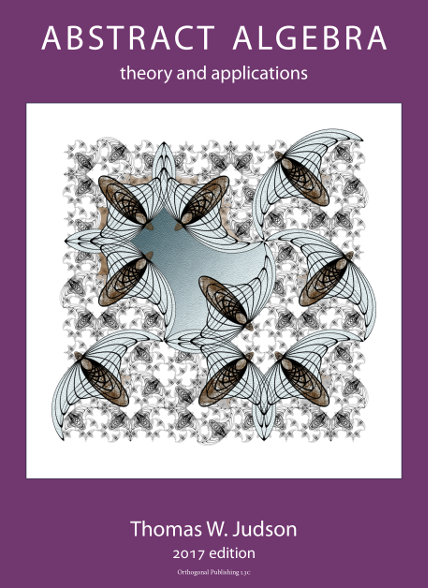Chapter11Fundamental Theorem of Finite Abelian Groups
¶The ultimate goal of group theory is to classify all groups up to isomorphism; that is, given a particular group, we should be able to match it up with a known group via an isomorphism. For example, we have already proved that any finite cyclic group of order \(n\) is isomorphic to \({\mathbb Z}_n\text{;}\) hence, we “know” all finite cyclic groups. It is probably not reasonable to expect that we will ever know all groups; however, we can often classify certain types of groups or distinguish between groups in special cases.
In this chapter we will characterize all finite abelian groups. We shall also investigate groups with sequences of subgroups. If a group has a sequence of subgroups, say
\begin{equation*} G = H_n \supset H_{n - 1} \supset \cdots \supset H_1 \supset H_0 = \{ e \}, \end{equation*}where each subgroup \(H_i\) is normal in \(H_{i+1}\) and each of the factor groups \(H_{i+1}/H_i\) is abelian, then \(G\) is a solvable group. In addition to allowing us to distinguish between certain classes of groups, solvable groups turn out to be central to the study of solutions to polynomial equations.
